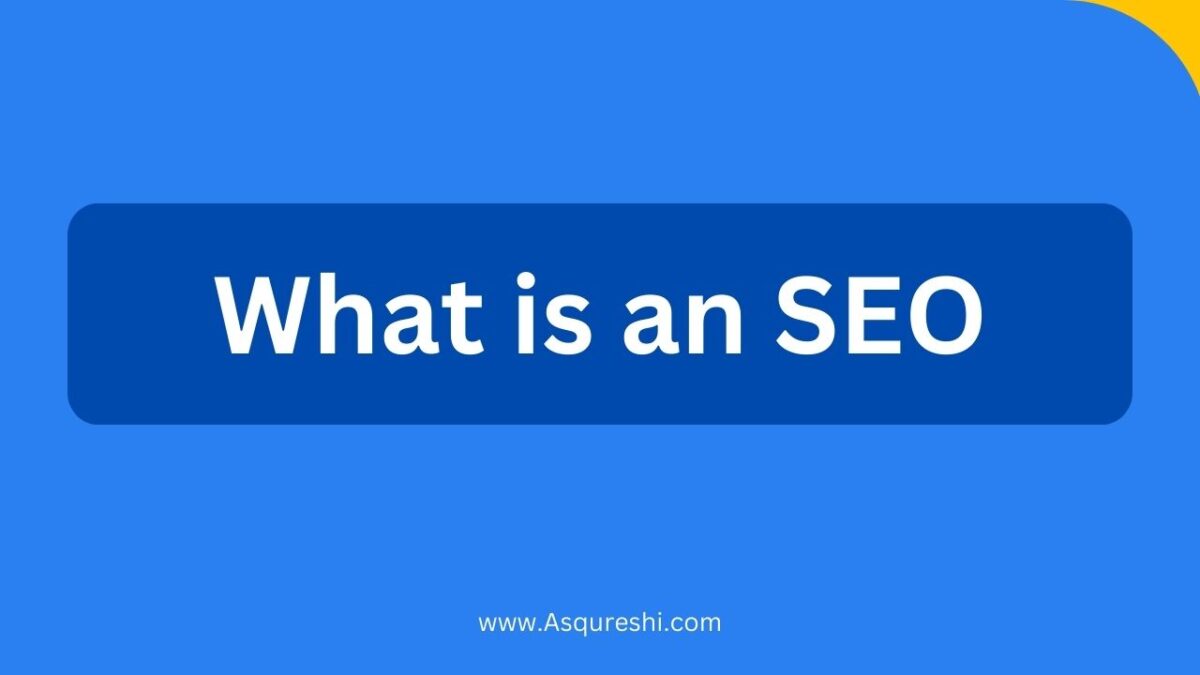SEO stands for Search Engine Optimization. It’s a set of practices and techniques used to optimize a website or online content so that it appears more prominently in search engine results. The primary goal of SEO is to improve the visibility of a website or web page, making it more likely to be discovered by people using search engines like Google, Bing, or Yahoo.
Here’s a breakdown of what SEO involves:
- Keyword Optimization: Choosing and incorporating relevant keywords into website content to match what users might type into a search engine.
- Quality Content: Creating high-quality, informative, and valuable content that satisfies the user’s search intent.
- Link Building: Establishing links from other reputable websites to improve the site’s authority and credibility.
- On-Page Optimization: Optimizing elements within a website, such as meta tags, headers, and images, to enhance its search engine friendliness.
- Technical SEO: Ensuring that the website’s technical aspects, such as site speed, mobile-friendliness, and proper coding, meet search engine requirements.
- User Experience: Providing a positive experience for website visitors, including easy navigation and a mobile-friendly design.
- Local SEO: Optimizing for local searches, especially important for businesses targeting a local audience.
The ultimate aim of SEO is to enhance a website’s rank in search engine results, driving more organic (non-paid) traffic to the site. By aligning with search engine algorithms and user expectations, SEO helps websites become more visible and relevant in the online space.

